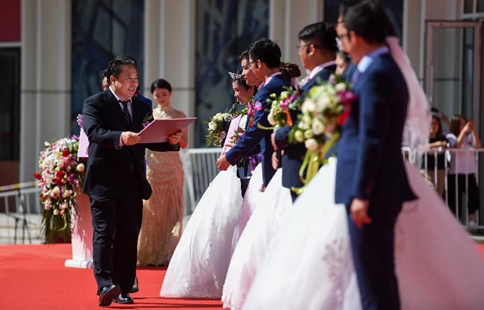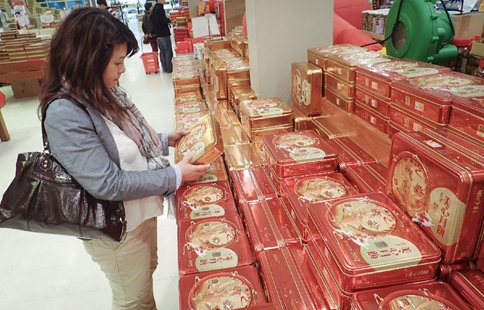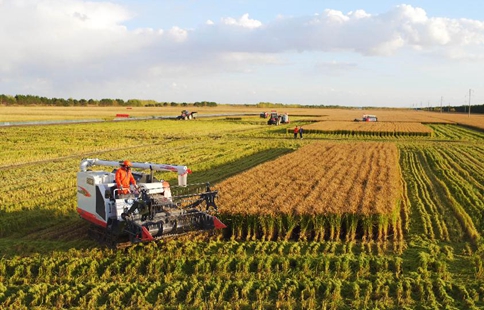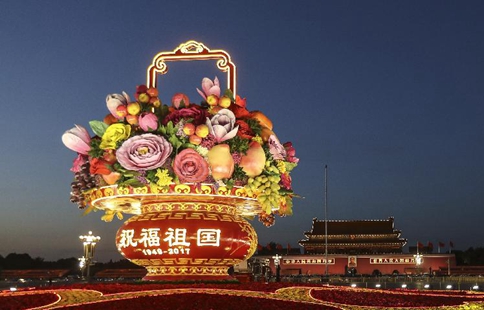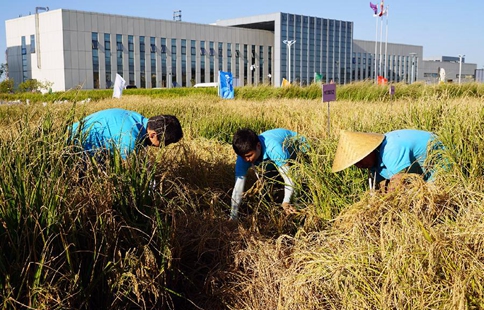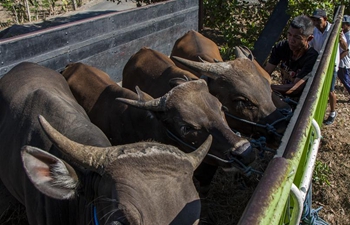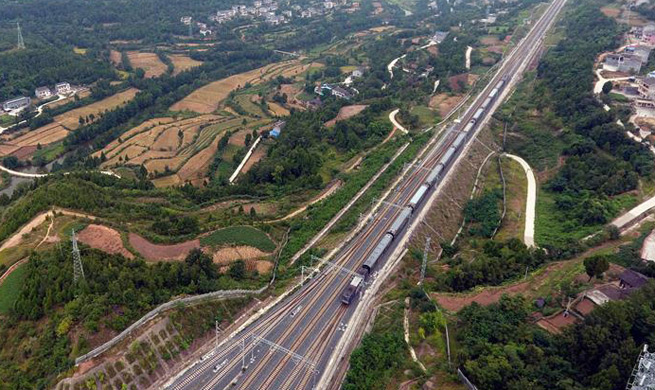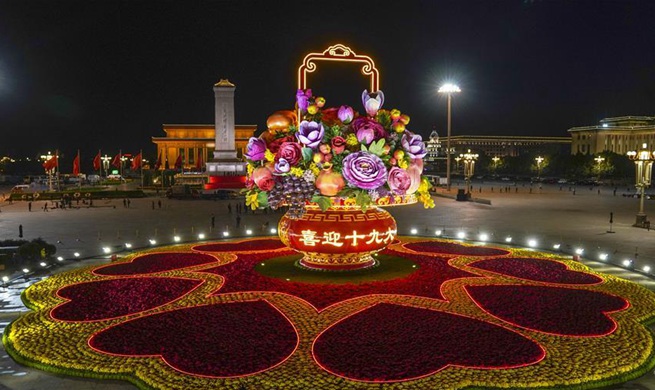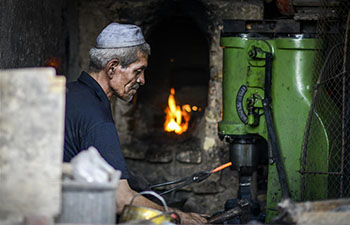by H.L Bentley
In the corridor of an otherwise anonymous government building in southwest China is an imposing LED display. In the center, huge red figures count down the number of days until China will be free from poverty.
Taijiang County nestles in the green hills of Miao-Dong Autonomous Prefecture of Qiandongnan in Guizhou Province. Ninety-eight percent of the 168,000 people who live in the county identify as Miao, the sixth most numerous of China's 56 ethnic groups. With 26,100 people below the poverty line of 2,952 yuan (445 U.S. dollars) of income per year, the whole county is classed as "poverty stricken."
More than 2,000 km away from Beijing, the leaders of Taijiang County must implement the decisions made by the central apparatus. One of those directives is to eliminate poverty by 2020.
"Taijiang is rich in culture but poor economically," said Zhao Kaiming, deputy Party secretary of Taijiang.
Zhao is one of a team sent by Beijing to improve governance and aid poverty relief. At the end of 2016, almost 800,000 experienced Party officials had been dispatched to such under-developed areas. The task they face is a daunting one.
Over the past 30 years, over 700 million Chinese have found a way out of poverty. Industrialization, opening up and reform have changed people's fortunes drastically, but the 2020 deadline is less than three years away and around 40 million people, three percent of the population, remain below the line by the end of 2016.
President Xi Jinping has declared that "not a single family living in poverty is to be left behind on our path to combating poverty," and this is where Party officials, like Zhao, step in. They must work for and with local communities on measures that suit local conditions.
The Miao lived in relative isolation in several provinces in China for thousands of years, and continue many of the customs and traditions of their forefathers. Silverwork and embroidery are fundamental necessities of Miao life from birth through marriage and even onto death. The Party team must walk a fine line, improving the lives of the locals while maintaining, and supporting, their defining cultural traits.
"Poverty alleviation is about more than data. If it comes at the expense of the people's culture, we lose more than we gain," Zhao explained.
Incredibly, the 2020 poverty alleviation goal can date back to over 2,000 years ago when Confucius advocated "Xiaokang," a moderately prosperous society. Put simply, this means elimination of poverty, universal access to healthcare and education, and the rejuvenation of Chinese culture.
China is fiercely protective of the diversity of its culture, so officials like Zhao are determined to find ways of using cultural resources to end poverty. In this case, that means apprenticeships, infrastructure and financial support.
ANCIENT SKILLS IN A MODERN MARKETPLACE
Wu Shuigen comes from a long line of silversmiths, and works out of a tiny studio attached to his house in the village of Gangdanglue in Taijiang. Like so many people across the country, he has watched countless friends and neighbors leave his village in search of better paid jobs.
"Those older people who remain are using their traditional skills, trying to build the village into a tourist attraction. If we are successful, perhaps the young people can find a reason to return," he said.
Wu is playing his part by training the next generation of silversmiths. He has had more than a dozen apprentices over the years, including his own daughter. He also teaches at a local university, which welcomes students of all ages and ethnic backgrounds. One student, Pan Shixue, is a master silversmith himself, and has two apprentices at his studio in Maliao. He signed up for the course because he wants to modernize his designs to suit the tastes of the online-shopping generation.
Only people like Wu and Pan will keep tradition alive. High standards set their products apart from mass produced items and subsequently, they must look farther afield to sell their wares, exactly what the Internet enables them to do.
In March, a central government plan on revitalizing traditional crafts underscored that going forward cultural practices, like silverwork and embroidery, will create more jobs, and the incomes of practitioners will increased.
Gu Lanhua, village secretary of Meixiang, one of Guizhou's poorest and home to just 685 people, is an embroiderer. Any Miao girl deft enough to thread a needle is taught how to sew, and they are as fluent in the symbols and colors they stitch, as any spoken language.
In 2013 the local government in Guizhou launched a project to teach people how to make money from their craft. Gu joined the program in 2015 and set up a cooperative in Meixiang that has since then trained more than 800 people from neighboring villages.
Her authority on embroidery, coupled with her business acumen, has helped Meixiang cooperative secure international contracts, generating annual sales of more than one million yuan.
MONEY, POWER, DESTINY
With money comes empowerment. As the earning power of women has risen, so too has the respect they are given within the family and wider community.
For hundreds of years, Zhao explained, the Miao have been marginalized. "This is perhaps the first time that the Miao have been in control of their own destiny."
Every day, the giant red poverty countdown in Taijiang county government office clicks closer to zero. Time is running out, yet the work is far from over.
Strong policy can overcome almost any challenge. It is achievement in the face of adversity. It is crafting a way out of poverty.




